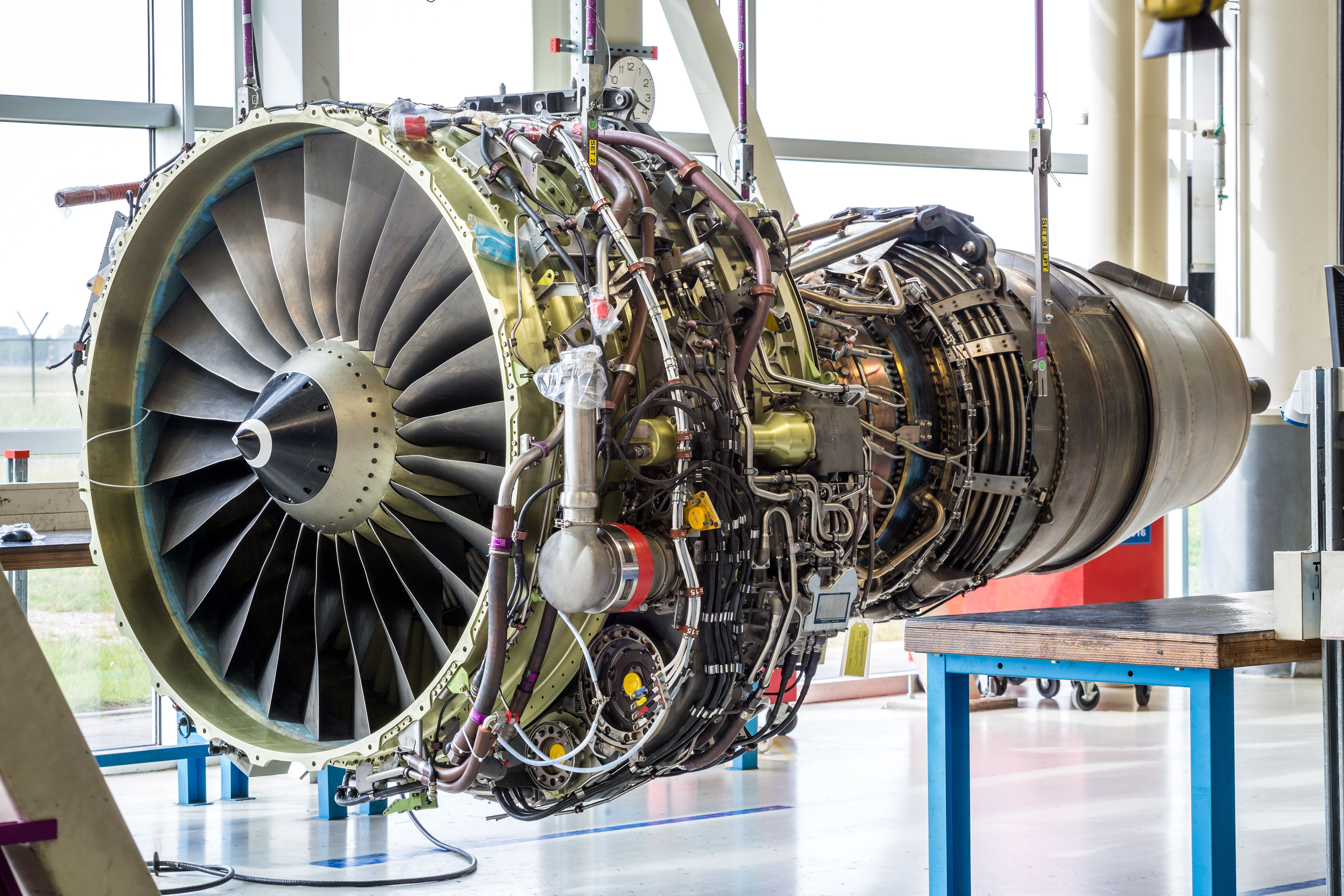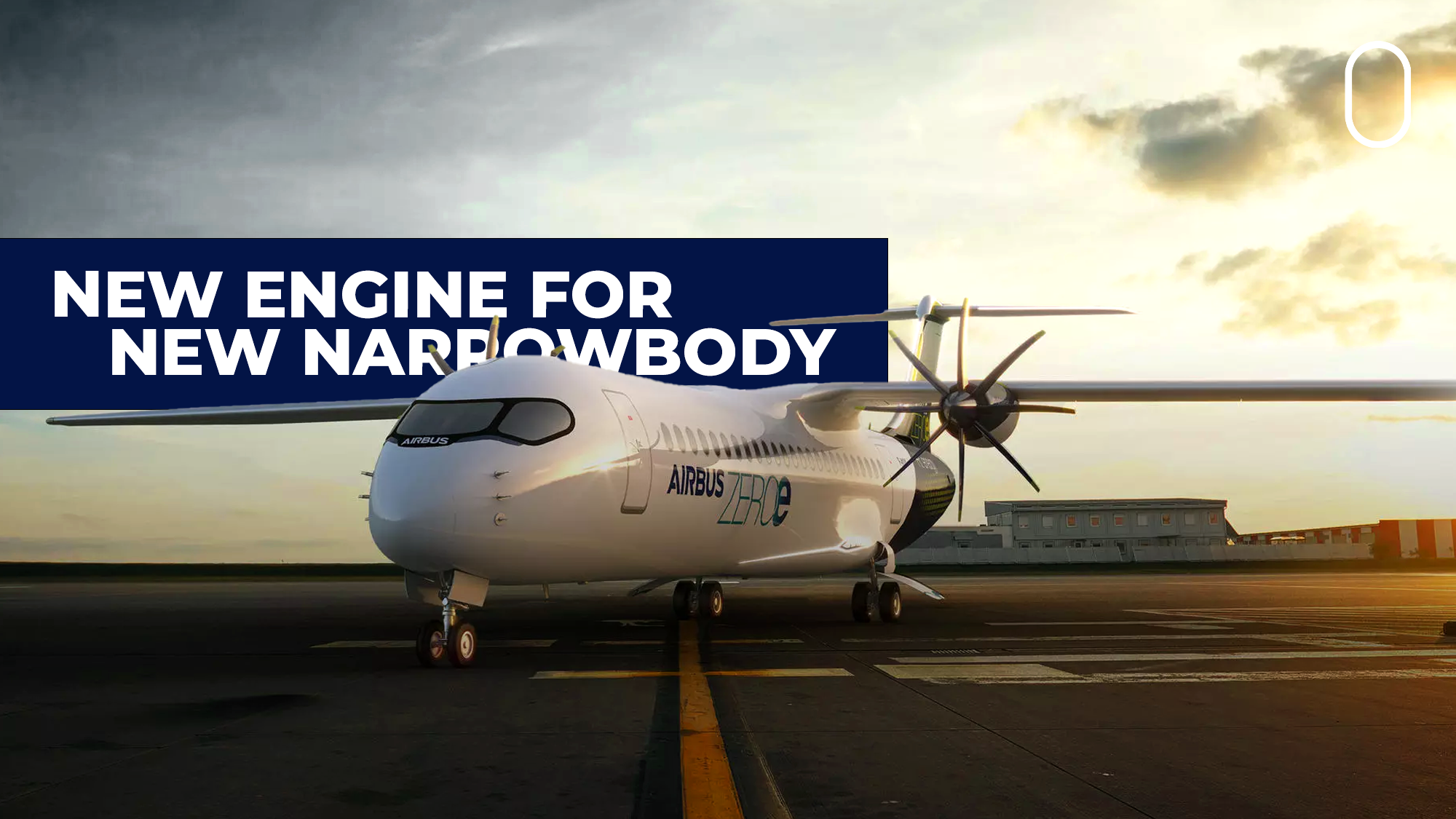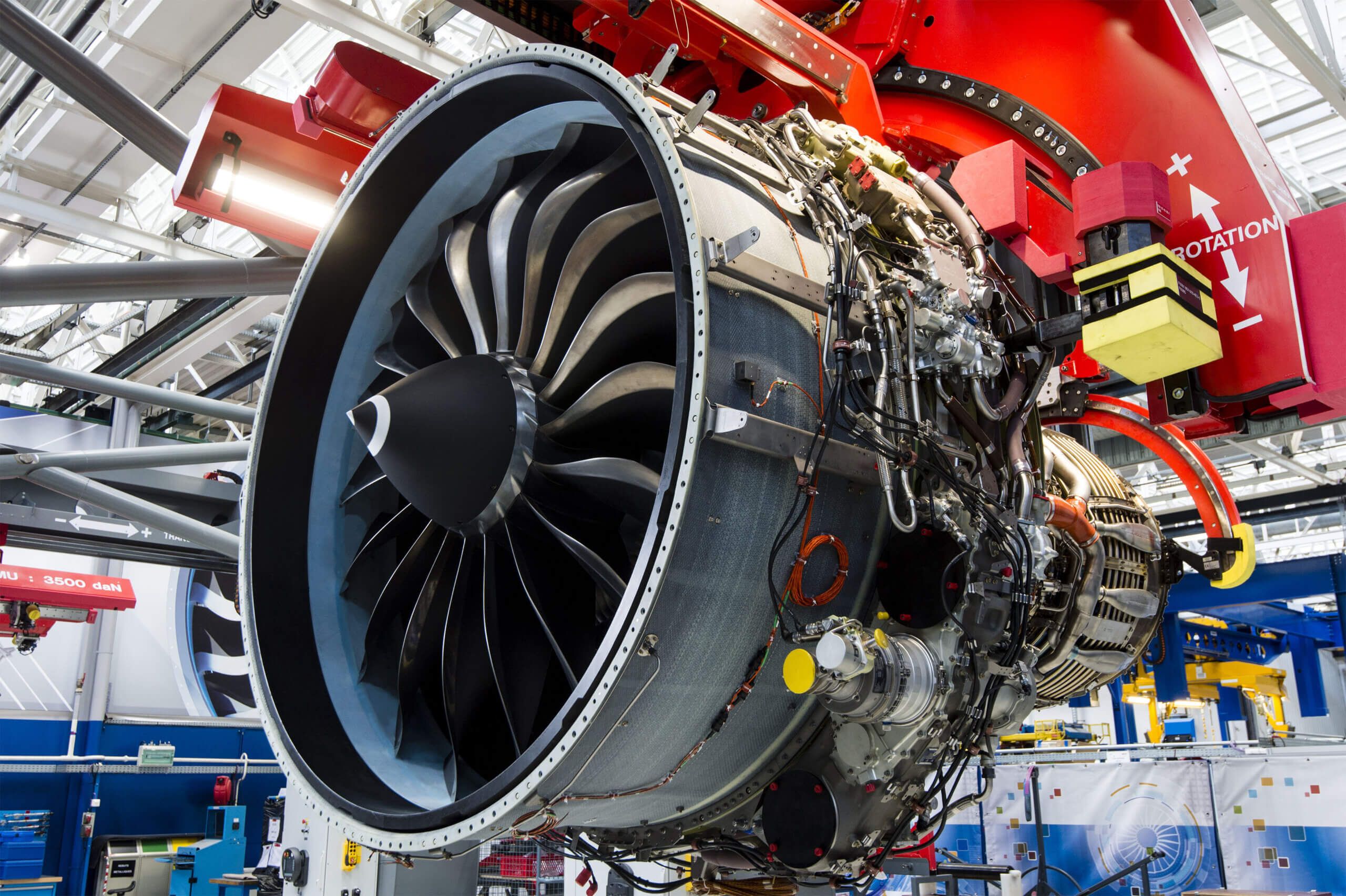Summary
- Efficiency: Large engines produce more thrust & drive efficiency (fuel savings & emissions reduction)
- Engineering: Larger engines accommodate bigger fan blades for high thrust & low fuel consumption
- Durability: Material advancements ensure safety for larger engines despite rotational forces.
The aviation industry might have seen the last four-engine aircraft roll off the assembly line earlier this year when Boeing delivered a 747-8 freighter to Atlas Air (barring additions such as the redesigned Boom Supersonic Overture). Over the last few decades, the number of three—and four-engine aircraft has decreased while the size of engines has noticeably increased.
Larger engines generate more thrust and are more efficient. This article will discuss the reasons why bigger engines are better.
Bypass ratios and efficiency
The Rolls-Royce Ultra Fan
- UltraFan has a 140-inch fan diameter; the large fan and relatively small core for efficiency.
- The UltraFan power gearbox has delivered 64MW on the test, an aerospace power record.
- UltraFan offers a 25% fuel burn improvement on the first generation of Trent engine.
The thrust output for a given fuel burn largely determines aircraft engine efficiency. Soon after the inception of jet engines, manufacturers (the largest being General Electric, Pratt & Whitney, and Rolls-Royce) tried to increase their products’ bypass ratio. The bypass ratio of an engine is the amount of air that passes through the core of the engine versus the amount of air that goes around the engine’s core and is pushed out the back of the engine by the large fan at the front.
Photo: Soopotnicki I Shutterstock
According to Rolls-Royce,
“As the world seeks greater aviation sustainability, we are creating UltraFan. UltraFan is a demonstrator aero engine – the largest in the world – containing a suite of new technologies that deliver greater fuel efficiency, which in turn means lower emissions and greater sustainability.”
Jet engines ignite compressed air with fuel in the engine’s core. The resulting energy from this combustion is used to drive the shaft that spins the fan blades at the front of the engine, while the exhaust is also expelled to produce a modest amount of thrust. The spinning blades on the front of the engine produce most of the engine’s thrust. The faster and more efficiently these blades turn, the more power the engine produces.
Engineering larger engines
- Large fan diameter
- Efficient blade distribution
- Use of composite materials
- Use of additive manufacturing techniques
Engineers have increased the size of engines to accommodate larger fan blades and higher bypass ratios while attempting to keep the combustion core of engines relatively small. More air passes through the engine’s large fan blades without igniting fuel. Less air in the engine’s core means less fuel is needed to mix with it, resulting in significant fuel savings.
Photo: Rolls-Royce
One of the most daunting challenges in increasing an engine’s size is ensuring materials are used that can withstand higher rotational speeds and larger centrifugal forces. Engineers and scientists have developed incredibly durable titanium alloys and composite materials that can withstand the larger rotational forces that result from longer fan blades.
Inside the engine, highly sophisticated reduction gears are implemented to ensure that the shaft connected to the compressor does not overspeed the larger-than-ever fan blades, especially at high power settings.
Photo: Ian Dewar Photography I Shutterstock
Currently, the engine with the highest bypass ratio is the Pratt & Whitney 1000G, which powers the Airbus A320neo family and the A220. For every kilogram of air mixed with fuel at the core, up to 12 kilograms bypass the core as pure thrust. In comparison, the largest engine to date is the General Electric 9X (the powerplant for Boeing’s new 777X), which has a bypass ratio of 10:1, slightly less than the P&W.
According to GE Aerospace,
“The GE9X is the largest and most powerful commercial aircraft engine ever built, incorporating advanced technologies that enable more efficient, quieter flight with fewer emissions. Designed specifically for the new twin-engine Boeing 777X family, the GE9X is the most fuel-efficient engine in its class, delivering unmatched reliability and performance.”
The manufacturer states that the GE9X engine’s fan diameter is 134 inches (3.4 meters), which is only marginally smaller than the 156 inches (3.95 meters) diameter of the Airbus A320’s entire fuselage.
- 5% Fuel consumption improvement: Provides a 5% specific fuel consumption improvement versus any twin-aisle engine available.
- 10% Fuel consumption improvement: Delivers up to 10% specific fuel consumption improvements versus the GE90-115B engine.
- 16 Composite fan blades: Fourth-generation composite fan blades maximize airflow and minimize drag.
- 10:1 Bypass ratio: Achieves an approximate 10:1 bypass ratio plus a 60:1 overall pressure ratio and margin to stage 5 noise limits.
Photo: CFM International
The bigger, the better
Simply put, larger engines are more efficient because they produce more thrust than counterparts with smaller bypass ratios for a given fuel amount. The first jet engines did not feature any bypass, meaning that every air molecule was mixed with fuel to produce power. Since then, materials have strengthened, and engineers have designed marvelous, more durable, safe, and efficient machinery.





